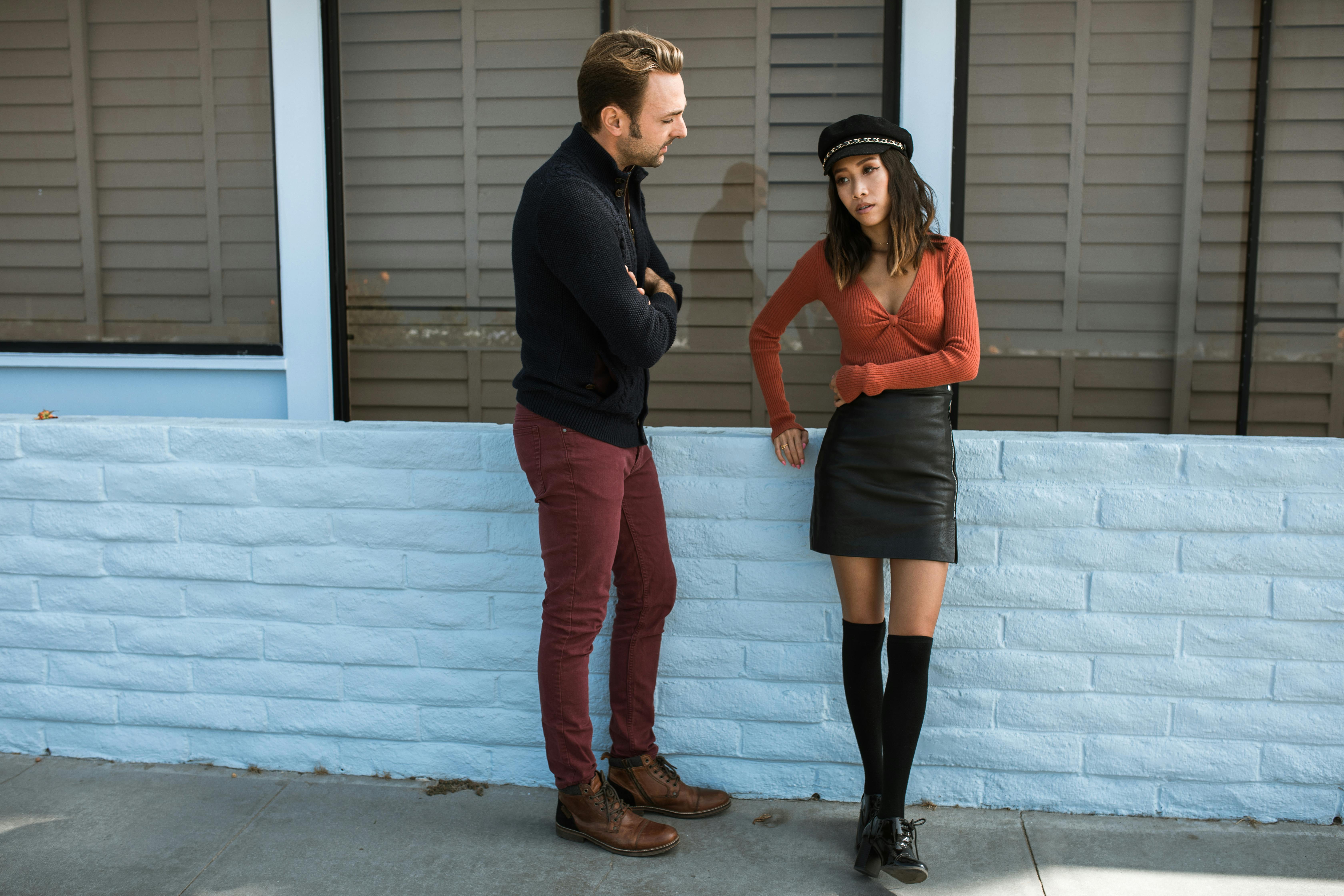If the name of Walt Disney is mentioned, one cannot help but imagine superior animation images, magnificent theme parks, a financial and entertainment empire and the little one that started it all: Mickey Mouse.
In 1928, Walt Disney had a hard time working in Kansas City. Most of his hired animators had quit and went to work for a competing studio. Things looked bleak, but out of a desperate situation a new character emerged. Inspired by a mouse lurking in his office, which at one point Disney could no longer afford cheese to feed, Mickey Mouse was born. Mickey Mouse is now the most recognizable cartoon in the world. Its enduring appeal to people of all nations is one of the great phenomena of the 20th century. The question of why Mickey Mouse has been so successful has been discussed from time to time. Some argue that it is because he was one of the first seriously animated characters. Others say that the way it is drawn is unique compared to other cartoons. Although the success of Mickey Mouse seems to be a mystery to many, his success is the representation of the value of Walt Disney.
In this essay, I will analyze Mickey Mouse using critical value analysis. Value analysis is the identification of a value or values that define a culture or a person. So in this article, I will look specifically at what value Mickey Mouse represents and why that value has made him the most successful cartoon character in the world.
Mickey Mouse’s optimism comes from that of its creator, Walt Disney. In an interview, Walt Disney said the following:
“Sometimes I’ve tried to find out why Mickey attracted everyone. Everyone has tried to find out. As far as I know, no one has. He’s a nice enough guy who never hurts anyone, who gets into trouble through no fault of his own, but he always manages to come out smiling. “
Mickey “always manages to come out smiling” because Disney learned to “come out smiling.”
Looking at all the times in Walt Disney’s life when he was depressed, one can see that nothing could stop him because he was always on the mend. Growing up on the farm in Marceline, Missouri, her family had its share of bad times. Two years in a row the crops failed and Disney’s father, Elías, had to mortgage the farm. Later, the well where the Disney family and livestock obtained their water became contaminated. After swine fever affected the herd of pigs, Elías became seriously ill with typhoid fever. He wavered between life and death for several weeks in the hospital. Walt’s older brother Roy enlisted in the U.S. Navy during World War I and Walt, inspired by his brother but still a year too young to enlist, convinced a Red Cross recruiter to to let him join. Walt was sent to France in October 1918, when the war was practically over. Yet he saw the devastated lands over which the war had been fought. He spent ten months in France and told his friends that it was “a life experience.”
In the fall of 1919, Disney tried to get a job as a newspaper cartoonist in Kansas City, but was rejected by all the newspapers. He was discouraged, but resolute, and landed a job at the Pesmen-Rubin commercial art studio. There he became friends with a Dutchman named Ub Iwerks. A few weeks after Christmas, they were both fired and Disney and Iwerks decided to “go out smiling” and start their own business. They got a job in February 1920 at the Kansas City Film Ad Company.
Disney began experimenting with animation and gradually completed various cartoons that it sent to local theaters. He approached Film Ad Company owner A. Vern Cauger with a suggestion to develop a series of cartoon shorts. His idea was rejected, so Disney decided to “come up again” and go ahead on their own. He raised $ 15,000 from local investors and used the money to set up a small studio with a team. Walt joined his brother Roy as business partners to eventually establish the three-bedroom Disney Brother Studios in Los Angeles.
Walt signed a deal with New York distributor Margaret Winkler and her sponsor, Universal Studios, for a series and an option for two more “Alice’s Wonderland.” An animated comedy featuring a six-year-old live action filmed in a cartoon setting. The initial contract called for one cartoon per month. In 1924, Margaret Winkler’s husband, Charles Mintz, took over the distribution company and demanded a film every three weeks. In 1926, with a steady income, a new studio was built and a new animated character was developed, named Oswald the Lucky Rabbit. It debuted in 1927 and became a huge hit. In 1928, Oswald’s current contract expired and Mintz devised a plan to make Disney and his studio bend over to him, slowly attracting most of Walt’s staff. Disney negotiated a new contract with Mintz and was surprised when Mintz offered him less money and told him to take it or leave it. Within days, most of the other Disney animators were also working for Mintz. Roy Disney was very upset and asked his brother: “Do you realize the situation we are in? We have lost our animators and it looks like we will lose our studio.” Facing the first major crisis of his career with a “smile,” Walt held secret brainstorming sessions with Ub Iwerks and his brother Roy. At a time when things seemed to be at their worst, this is where Mickey Mouse emerged.
Like his creator, Mickey also went through difficult times and was always able to get back up. In 1928, Mickey starred in his first movie, “Plane Crazy” and then “Gallopin ‘Gaucho” followed. His third film was a great innovation that incorporated sound for the first time called “Steamboat Willie”. In “Steamboat Willie,” Mickey gets into “trouble” with the captain, but tries to maintain his confidence and pretend not to fear the captain when his expression sometimes dictates otherwise. Even in the early cartoon shorts, Mickey doesn’t back down from his troubles. There were many times in Walt’s life when he was faced with a terrifying situation, but he decided to keep his head up and move on. “Mickey did not seek trouble, and did not complain; he rolled with the blows … as in” The Little Tailor “, he showed warrior ingenuity and won, once again, a kiss from the dear, … Minnie.” The implacability Mickey Mouse’s staying upbeat when faced with fighting was drawn to Walt Disney’s pen.
Mickey Mouse’s personality is that of its author, Walt Disney. When he was young, Walt Disney always impressed friends and family alike “with his mischievous curiosity and fun-loving nature.” His younger sister, Ruth, noted that he had an attractive personality and “was always thinking of ideas.” She said that throughout her life, “Walt always seemed like a boy to me.” Mickey is the type of person who is always playing games and joking around. The whole concept of creating Disneyland and Disneyworld, the two major theme parks, and their spokesperson, Mickey Mouse, is to inspire people to keep the wonder, youth, and fun of life alive in all. Walt Disney always seemed like a boy to his sister, Ruth, just like Mickey Mouse. A cartoon never gets old and never changes with age, it never dies. When Ub Iwerks was shown preliminary sketches of Walt’s Mickey, he said, “He looks like you: the same nose, the same face, the same whiskers, the same gestures and expressions. All he needs now is your voice.” Walt admitted that he would look in the mirror and use his face as a model and that many of the facial expressions were his own. “Mickey’s alluring charisma of youth and the joy of making others happy comes from the imagination of Walt Disney’s desire to make others happy.
Mickey Mouse’s perseverance to succeed is the reason he’s so attractive. In America, most of the people were all “little.” The decade that preceded Mickey Mouse, America experienced World War I, and a year after Mickey’s creation came the Great Depression. The distance that separated the rich from the poor was immense. There wasn’t much in between. In contrast, the number of poor and middle-class incomes greatly outnumbered those at the upper end of the social ladder. Walt Disney had also lived together with the United States during these difficult times. Disney had always been the “little one.” Hollywood was always making fun of him and trying to get taken advantage of. He talks about when he was terribly poor in his little Kansas City office and one of his friends was a mouse. He states: “He used to crawl across my desk and feed him chunks of cheese. I became very fond of him and looked forward to his visits.” Disney had nothing but a mouse to look forward to. “I’d wipe the cheese off my fingers and then curl up and fall asleep on the palm of my hand,” he said. Then came a period when I couldn’t even afford more cheese for the mouse. In those difficult times, Disney was determined to make its dreams come true, just as everyone else in America wanted it too.
When the time came when Walt Disney succeeded in creating Mickey Mouse, he couldn’t help but put the same value in that mouse that Disney had in himself. Disney knew it had become a success because it decided never to give up. He decided to take the courage to “never quit” and put it in spirited form. Mickey Mouse is an animated creation of the value of “never quitting”. Mickey Mouse is as attractive as a cartoon because people in America and around the world recognize the value of never giving up on Mickey. The value of Mickey Mouse is a direct representation of the same value of Walt Disney. The greatest possible human achievement is getting back up once more. Anyone who possesses this quality can never be defeated and can do anything. People realize that and can feel it in Mickey Mouse’s personality. People want to be like Mickey Mouse and that is why he is so cute.
Mickey Mouse and Walt Disney have exactly the same value. “There’s a lot of Mouse in me,” Disney said of himself. Both are big hits. Disney’s success came from the worldwide appeal of Mickey Mouse. Mickey’s success came from the worldwide appeal of Walt Disney.
By analyzing Mickey Mouse as the text that has become permanently a global phenomenon, and then its creator, the value of “never quitting” is easily identified as the one they both have in common. It is the value that they and the people who admire them also have in common. Answer the question why Mickey Mouse has become so successful. He is the embodiment of the Walt Disney character. They both had extremely difficult times in their lives, just as most people do at some point during theirs. They both endured the tough times because they knew they would eventually succeed. People identify with both because they also know that sooner or later they will succeed if they exercise the same value of “never quitting.”



